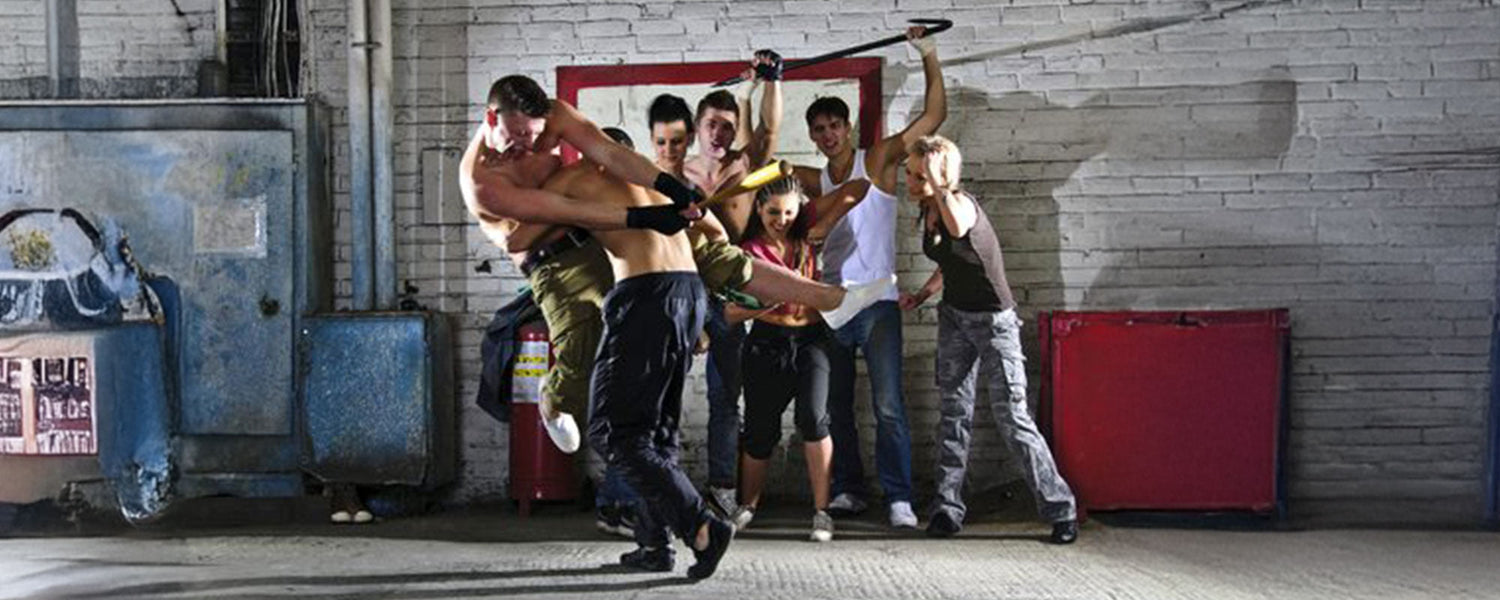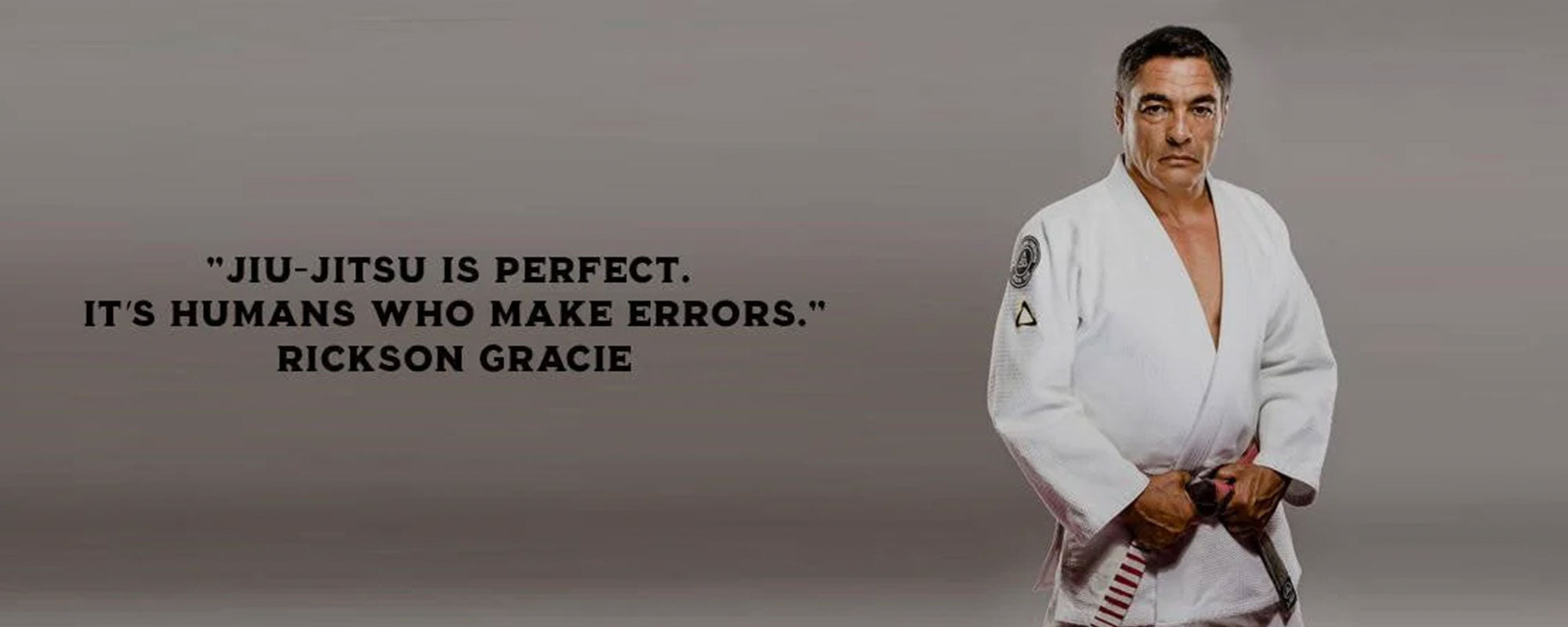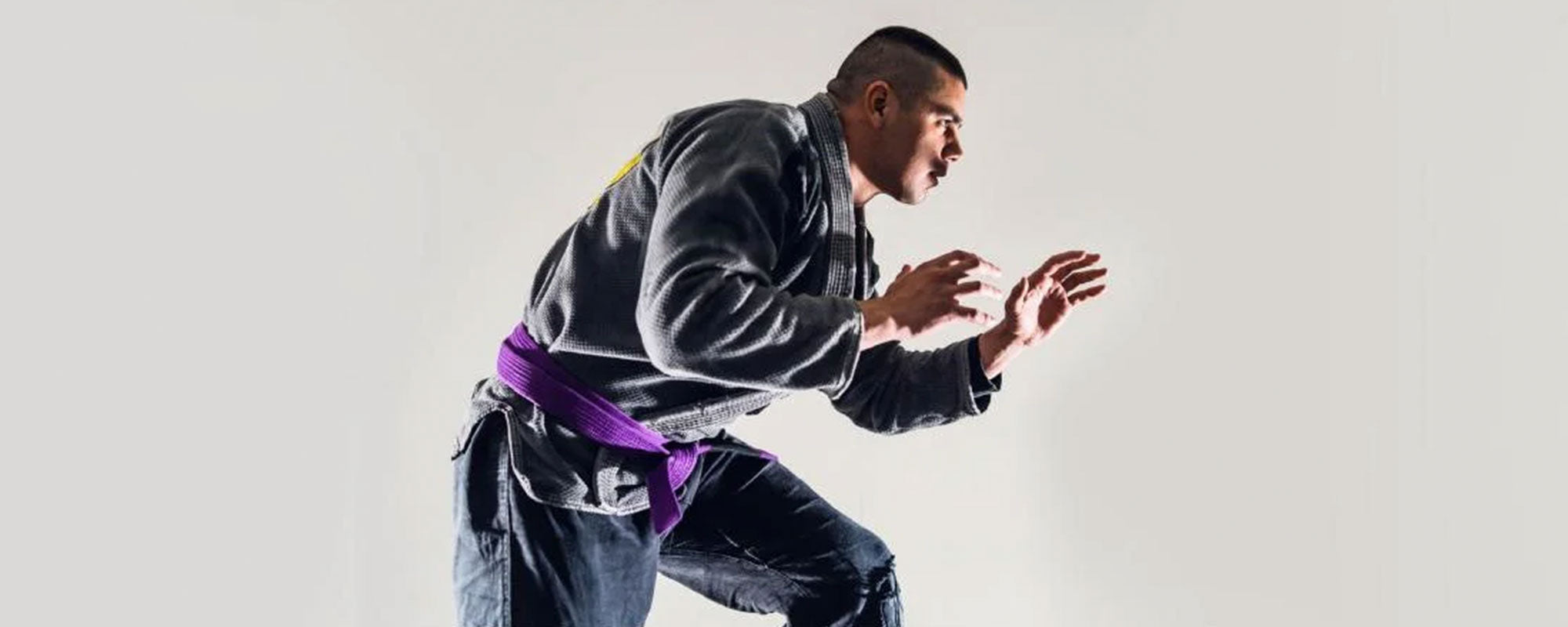Table of content
1. Street Fight and Brazilian Jiu-Jitsu, what’s the difference?
1.1. Street Fight
Street fighters fight hand-to-hand. They don’t exercise for endurance. Street fighters go as hard and violent as they can and try to finish as fast as possible.
1.2. Styles Involved
The biggest setback of street fighting is that you can not predict what is going to happen, it is a freestyle altercation.
The intensity of attack has no limit, it's based on crimes, accessibility to weapons and power. Significantly, the only goal is to win without thinking someone may be badly injured or in some cases die.
1.3. Causes
The cause of the fight could be an unsolved interpersonal matter like misunderstanding, stratification or retaliation. Other cases may include someone being attacked for snatching, kidnapping or theft purposes.
Street fights can be very dangerous as you may not know if it is going to involve one person, two or a whole group.
Despite the horrific and life-threatening effects, people's desire to engage in violence has increased throughout the time, increasing the danger of street fights and other forms of violence.
1.4. The Outcome
As Street fighting comes with no potential rules and limits, only people who are strong and bigger in size can win the fight. There are less chances for weak individuals to defend themselves unless they are aware of fighting techniques like Mixed Martial Arts, Brazilian Jiu-jitsu or other fighting styles.
If weapons are involved, intentionally or unintentionally the action can be taken to a level beyond expectations.
Potentially, it is hard to predict the outcome of the fight because the participants are unlikely to know their opponent’s strengths, weaknesses and abilities.
Undeniably, street fighting is critical , the opponents can be exposed to short or long term physical health issues like temporary or permanent disabilities.
2. Brazilian Jiu-Jitsu
Brazilian jiu-jitsu is based on grappling and using the right techniques.
The traditional BJJ attacks do not involve punches and strikes. It teaches you to get the opponent down to the ground and apply chokeholds, joint locks and submission holds.
Brazilian jiu-jitsu can be effective when faced with a single assailant in a street battle but it is rarely effective when faced with many attackers.
2.1. Styles Involved
Sparring, sometimes known as “rolling” in the BJJ words and live drilling, are important components of training and evolving as a practitioner.
The techniques you can master in Brazilian jiu-jitsu are extremely helpful for bridging down a single opponent, dominating them and getting them to surrender through grappling (submission and chokeholds)
The aim of the Brazilian jiu-jitsu practitioner is to get their opponent into a position where they are unable to attack you.
- Let’s imagine someone attacks you and you are unable to run. On the same hand, you don’t want to harm the oppressor due to moral and legal concerns. The best way to fight is to simply put the opponent to sleep and call the helpline without causing an injury.
2.2. Causes
Brazilian jiu-jitsu training may be employed in a variety of circumstances including sports grappling or self defense. Knowing the right techniques, you have a high chance of winning despite the opponent being a bigger size, a trained professional or an average person.
2.3. The Outcome
The question yet again is that you may not know who you are going to fight, it can either be an untrained or a trained person in a different fighting style - a bodybuilder, boxer or wrestler etc.
Brazilian jiu-jitsu practitioners mostly have a “finish him” advantage against any opponent and by using the right techniques despite the opponent’s strength or size. So if the techniques are used correctly, the chances of Brazilian jiu-jitsu fighters winning increase.
3. Brazilian Jiu-Jitsu Vs. Street Fight
If a Brazilian jiu-jitsu player and a street fighter fights on the street, the ground fighting skills of a BJJ practitioner are only successful against opponents who are unable to defend themselves.
The majority of street fights are fights standing up. Using a right Brazilian jiu-jitsu submission can be quite useful if you find yourself on the ground or if you are battling a larger opponent and need to leverage his size to your advantage.
You can take the fight to the ground, apply proper techniques like chokeholds, armlocks and other submission techniques to escape.
- However, developing strong standing attacks and blocks through boxing, judo, wrestling and other mixed martial arts will be advantageous in this situation.
The disadvantage of not knowing the opponent, you may cross ways with people of some other fighting styles. Let’s see how Brazilian jiu-jitsu doesn't work against them.
3.1. Muay Thai Vs. Brazilian Jiu-Jitsu in a Street Fight
Comparing Muay Thai and BJJ, it is important to know that both styles rely on throws and takedowns.
Muay Thai relies more on various punches and kicks and striking which can result in a knockout if executed properly.
Brazilian jiu-jitsu relies typically on sweeping an opponent's leg using a tip-throw, chokeholds, force submission and joint locks for example if the fighters are applying knee strikes or punches both of them have to do so without fully committing themselves which makes BJJ less effective against opponents that have a high mental fortitude and will fight until their body gives up despite being badly injured.
3.2. Wrestling Vs. Brazilian Jiu-jitsu in a Street Fight
If a Brazilian jiu-jitsu practitioner and a wrestler gets into a fight on the street, the wrestler would likely come out on top. The ground fighting skills of a BJJ practitioner are only successful against opponents who are unable to defend themselves while on their back.
Whereas, wrestling relies on throws and takedowns to maintain control over an opponent in a fight; they are also able to execute similar techniques from standing or mounted positions because they train with both feet planted firmly on the ground.
An experienced wrestler could potentially takedown a BJJ practitioner relying primarily on throws such as the suplex to shift their opponent’s position, from which they could then apply more traditional wrestling moves such as elbow strikes, headbutts before applying a chokehold to force submission.
3.3. Judo Vs. Brazilian Jiu-Jitsu in a Street Fight
In a street fight, the fighter with judo training is the superior choice. Most of the time, this fighting style depends on throwing techniques to knock opponents off their feet and onto the ground, where striking force may then be applied from a commanding position, either through kicks or punches.
Judo matches are mostly determined on throws, takedowns and other grappling skills. Standing position is considerate if you can maintain the balance.
Your hands will be free to defend yourself in a street fight if you practice Brazilian jiu-jitsu. But also you will be less likely to be hurt in a street fight than someone who doesn't practice BJJ at all.
3.4. Boxing Vs. Brazilian Jiu-Jitsu in a Street Fight
In street fighting, boxing is a more effective option because it involves two-handed strikes from a standing position, whereas Brazilian jiu-jitsu relies primarily on grappling and ground techniques.
Comparing BJJ and boxing, boxing is better with someone you are unfamiliar with while bjj necessitates an understanding of your opponent’s strengths and weaknesses to successfully overcome through fighting techniques.
Boxing’s faster movement and standing position is also considered better when facing multiple attackers as standing provides an obvious advantage when it comes to escaping.
4. What is proven to be more effective, BJJ or Street Fight?
Sometimes BJJ doesn't work in street fights as the conditions and occurrences vary.
The answer is very debatable. When most people think of street fights, they think of the way they are presented in movies or television but that is not the case. An excessive amount of punching and kicking and throwing through glass windows.
Anyone who has been involved in or observed a real world street fight knows that these confrontations are significantly less dramatic and typically rely on more gripping and grappling than arsenal moves. Often the opponent is beaten to the ground and the winner is whoever comes out on the top.
5. Takeaways
The techniques necessary to defend yourself in a real-world fight, it is important to learn how to dominate the opponent rather than focusing on striking techniques like punching, elbowing, kicking etc. To learn grappling techniques, it is a must to learn the basics of grappling even in self defense and Brazilian jiu-jitsu teaches you exactly how.
However, learning the basics of traditional BJJ (self defense) is crucial for everyone.
No matter what the circumstances, it will not just help you protect yourself but others too.













Leave a comment
This site is protected by hCaptcha and the hCaptcha Privacy Policy and Terms of Service apply.